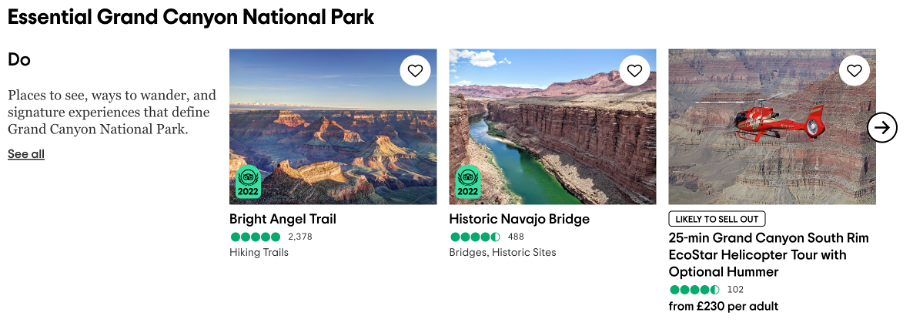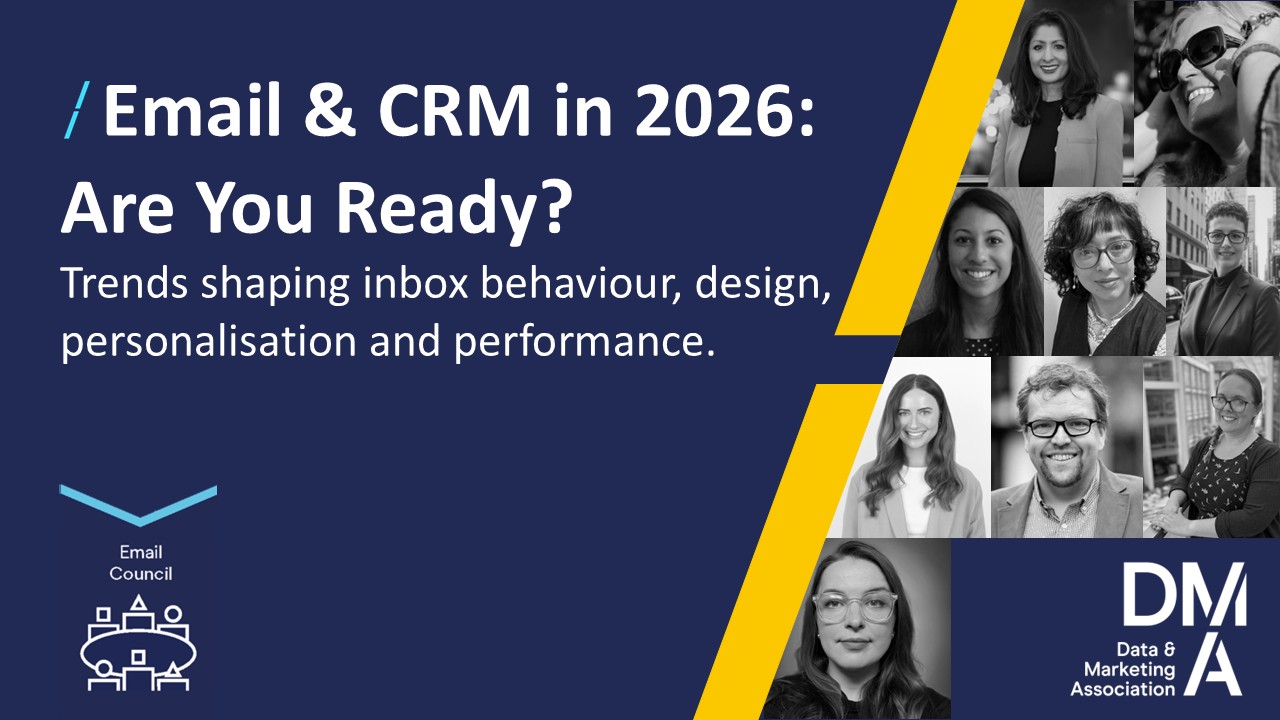How psychological quirks can give your customer experience (CX) the edge
04 Apr 2023

This is just one example of a psychological quirk, but there are many out there. Starting to understand these quirks as marketers can prevent us from unintentionally pushing customers away and help to nurture and improve the overall customer experience.
Let's take a look at three further examples: the Ziegarnik Effect, the Reciprocity Rule, and Social Proof. We will explore how these quirks are used in every day life, how they can be applied to marketing, and provide examples of brands putting them into practice.
Firstly, give your customers something to come back for. Think about a time when you have been watching your favourite TV series and the episode ends on a cliff-hanger. The loop is left open, and your mind cannot get closure - you want to know what happens and are almost certainly going to tune in next week. This is also known as the Zeigarnik Effect.
“Initial findings revealed that participants were able to recall details of interrupted tasks around 90% better than those that they had been able to complete undisturbed. (Zeigarnik, 1927). “
Marketers can use the Zeigarnik Effect to their advantage. Try to create situations where engagement with customers remains open. Examples of this include:
- Following up with a request for feedback: This stops the task/interaction with your brand being completed in the mind of the customer as there is now a new task for them to complete.
- News and blog posts: Use teaser clips and entice the reader, but do not give the full story away. This allows the customer to paint the rest of the story in their mind, but as with the example of the television programme, does not provide the customer with a sense of closure.
- Announcements: An example here would be “Sale starts this weekend”, which opens the loop and arouses curiosity. Now imagine this in the form of a calendar event – the event has been added for your brand in the customer’s mind, and until this date has passed, it cannot be closed.
When your birthday comes around and a friend gets you a card, it feels great - they’ve thought about you and made the effort. When that friend’s birthday comes around, do you then feel obliged to return the favour? This is called Reciprocity - providing value upfront to motivate value return.
How to apply the Reciprocity Rule
In the world of marketing, Reciprocity can be seen in many different forms. Fundamentally, they all build on the same principle that if you are to help someone, they are more likely to return the favour. Examples of this include:
- Free gifts: Stalls offering free products
- Exclusive access to content: Releasing content to loyal customers earlier on
- eBooks/ whitepapers: For example, asking customers to sign up with their email address to receive your new eBook
- Product trials: Sending products out to try before you buy
This is where a great model by Stitch Fix comes into play. The product is sent out to customers before payment is taken, allowing customers to try before they buy. The customer can then send back what they don’t want and are charged for the items they keep. This provides upfront value to motivate the exchange.
There’s a great story that goes back to the 1930s on the creation of the first shopping trolley. Sylvan Goldman, a supermarket owner, saw that people were only buying enough to fill their shopping baskets. Wanting to increase the amount that people were buying, he decided to invent the shopping trolley. At first, no-one used these trolleys – despite them being placed in key locations around the store. So, Sylvan decided to plant “fake shoppers” to use them around the store. Soon after, more shoppers followed suit and began using the trolleys.
This is a prime example of what is known as ‘social proof’ and shows how people are often influenced by others.
How to apply social proof
Introducing social proof is one of the best marketing tricks that you can use to showcase your existing customers’ satisfaction to potential new customers. You might do this through the following means:
- Case studies
- Testimonials
- Customer reviews
- Showcasing existing customers and clients
- Highlighting awards and accolades
- Influencer marketing
- 89% of global consumers check online reviews as part of their online buying journey
- 49% of global consumers consider positive reviews one of their top 3 purchase influences

Another example of social proofing is seen in the work of Team TaylorMade, which is made up of a list of top-tier golfing athletes. The equipment the top players use has an influence on customers’ decisions when purchasing. This goes to show that ambassadors and influencers can be incredibly powerful social proofing tools for your business.

Key takeaways
Psychology in marketing is key to driving the best customer experience. Businesses that understand these quirks and take the time to implement them when strategising will achieve an edge over competitors. When planning your next campaign or project, think about the core components of user experience (UX), brand, product, price, and service, and consider how psychological quirks could be applied to help you get ahead. The quirks we are explore here are just a handful of many - if this article has piqued your interest, here are some other examples of psychological quirks to review:
• Authority bias
• Confirmation bias
• Self-serve bias
• Belief bias
• Relative advantage
• Attribution error
• Loss aversion
• Priming
• Change blindness
• Colour theory
How we can help
At Credera, we recognise this challenge, our Modern Marketing Transformation team is staffed with subject matter experts whose job it is to understand these psychological quirks and help you apply them to your marketing. If you want support with customer experience and would like to know more about how Credera can help optimised this for your organisation, please get in touch.





Please login to comment.
Comments